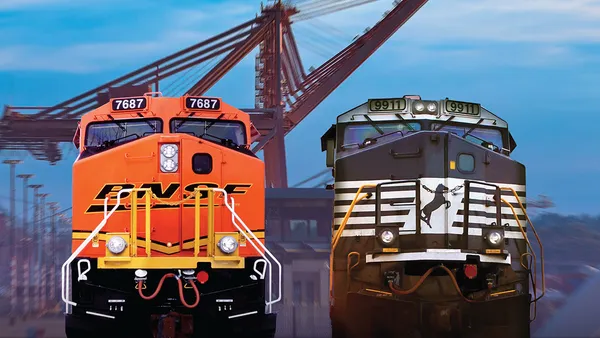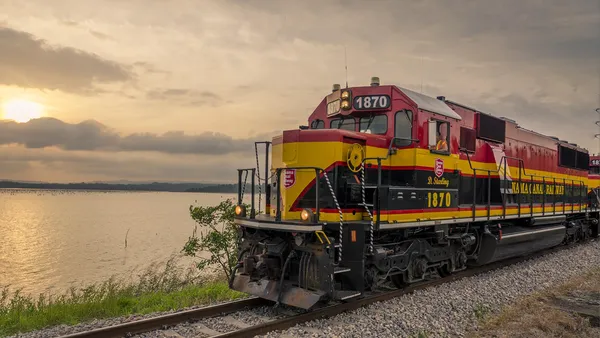As a shipper expected to improve efficiency, delivery reliability and conserve costs, optimizing your rail operations is critical. Without the right management strategies, shippers can incur hundreds of thousands of dollars in fees, missed deliveries, stopped production and more.
There are three often underleveraged rail optimization opportunities: inbound empty visibility, estimated time(s) of arrival (ETAs) and cycle/dwell analytics.
Inbound empty visibility
As supply chains become leaner and companies try to manage their work forces more effectively, accurate visibility into the arrival of inbound empty railcars has become critically important for rail shippers. Visibility of inbound empty railcars allows shippers to accurately plan production output, schedule their workforce to manage loadings and effectively manage on-hand railcar and product inventories.
So why is inbound empty visibility so difficult to achieve? Railroads have varying practices when it comes to car delivery notifications. Whether you trace cars using a Transportation Management System (TMS) or receive event data directly from Railinc, the rail industry’s movement data steward, industry data privacy practices (party-to-waybill security) prevent the tracing of railcars by parties who are not on the waybill. This means you need to be listed within Railinc’s industry systems as a car owner, shipper or other relevant party to trace cars.
Railinc’s Umler® system houses fleet data. Within Umler, Railinc can assign or remove owned, leased or pool cars from your fleet as required—giving you permission to trace. If your TMS doesn’t integrate with Umler, your provider might have to work with Railinc to add these cars for tracing.
Occasionally, the issue isn’t being listed as a relevant party in industry systems, but rather the spelling of your company’s name. Creative company name spellings show up on waybills from time to time, leaving most visibility platforms unable to identify that the cars on waybill are in fact, your cars. Leveraging Railinc’s Customer Information File application, you can connect the dots between those pesky creative name spellings and the intended spellings, ensuring you can trace future empties despite any spelling issues.
Gaining visibility into inbound empty railcars requires a keen understanding of railroad operations and the underlying systems that support those operations but is crucial to reducing inefficiencies.
ETA
It doesn’t matter what you’re shipping, where it’s going, or how it’s getting there if you don’t know when it will arrive. But ETA is a data point that historically, everyone struggles to get right.
Many things can affect ETA: service days, differences in train types, weather and more. That means if your visibility platform is just taking an average of time passed between origin and destination from previous trips, it’s likely wrong more often than it’s right.
Inaccurate ETAs can lead to missed deliveries, storage fees and downstream supply chain issues. Ultimately, creating a more accurate ETA comes down to understanding what scenarios are likely to impact the shipment and when.
This is one of the most promising areas of artificial intelligence (Ai) in rail.
Ai can study immense datasets at scale. Studying millions of rail trips, Ai can leverage both historical data and events in real-time to iteratively predict future events, aka ETA, more accurately.
Put simply, Ai can predict how a route change, or a train moving through Houston twice as fast as usual will affect your ultimate destination ETA. This gives teams the time to react to changes and plan crews, drayage pickups and more.
Barring the use of Ai, real-time tracing data is crucial. It takes an average of 5-15 minutes for movements to be reported to the industry, and when you’re planning crews, every minute counts.
Key performance reports
Finally, when shipping by rail, it’s critical to assess performance. Do you know how long your trips take on average? How long do your cars dwell at the origins and destinations? How are your customer lanes performing in general?
Cycle time reports are critical for shippers who want to assess lane and location performance, indicating:
-
If dwell time is more or less than average
-
If transit time is more or less than average for that trip
-
If one location has more dwell time than another
-
And more
Assessing your locations against one another or against each location’s average enables you to identify problem locations and abnormal cycles. If you aren’t sure if your lane productivity is where it should be or need to establish a baseline, it’s a good time to run a cycle time report.









